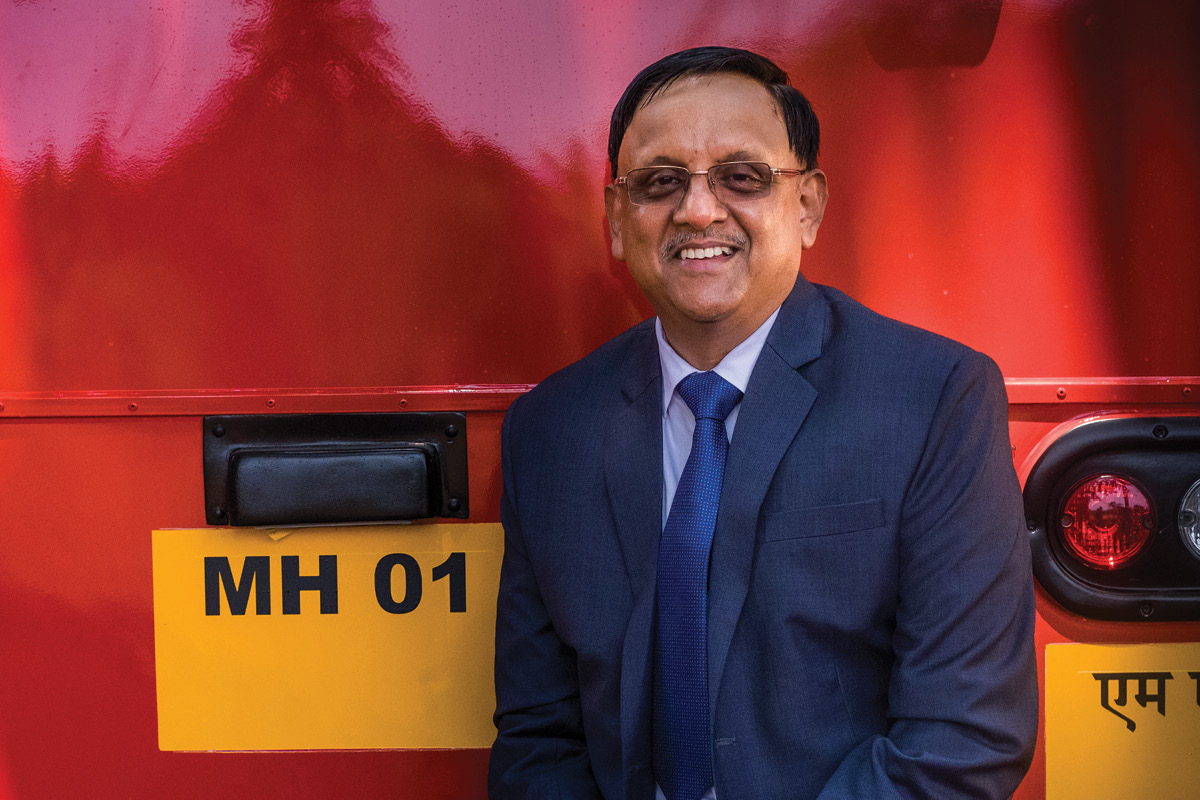Automobile Corporation of Goa (ACGL) may be synonymous with the production of high-quality bus bodies but, as Director and CEO Ajay Vasudeven Ottur says, the company’s strength lies in providing customised solutions for its customers. “We have a very strong design team that can convert what could still be just an idea in our customer’s mind into a bus body,” he explains from ACGL headquarters in Goa.
“It is our key differentiator in the marketplace that we pride ourselves on.” So when Amphibious Design India (ADI) came knocking with a rather unusual concept, Ajay’s team didn’t hesitate to accept the challenge: the construction of India’s first amphibious vehicle.
“The Government of Goa works tirelessly to promote tourism in the region,” he explains. “One of the projects they expressed an interest in was to make and produce these buses because Goa has not only a very large coastline but also an extensive inland waterways network.”
A busload of potential
Ajay recalls how ACGL reached out to the challenge of building the Amphi Bus, and it contracted with ADI, which was unveiled in 2016. “Of course, being the first of its kind, regulations had to be developed for the bus to operate on both land and water,” he says.
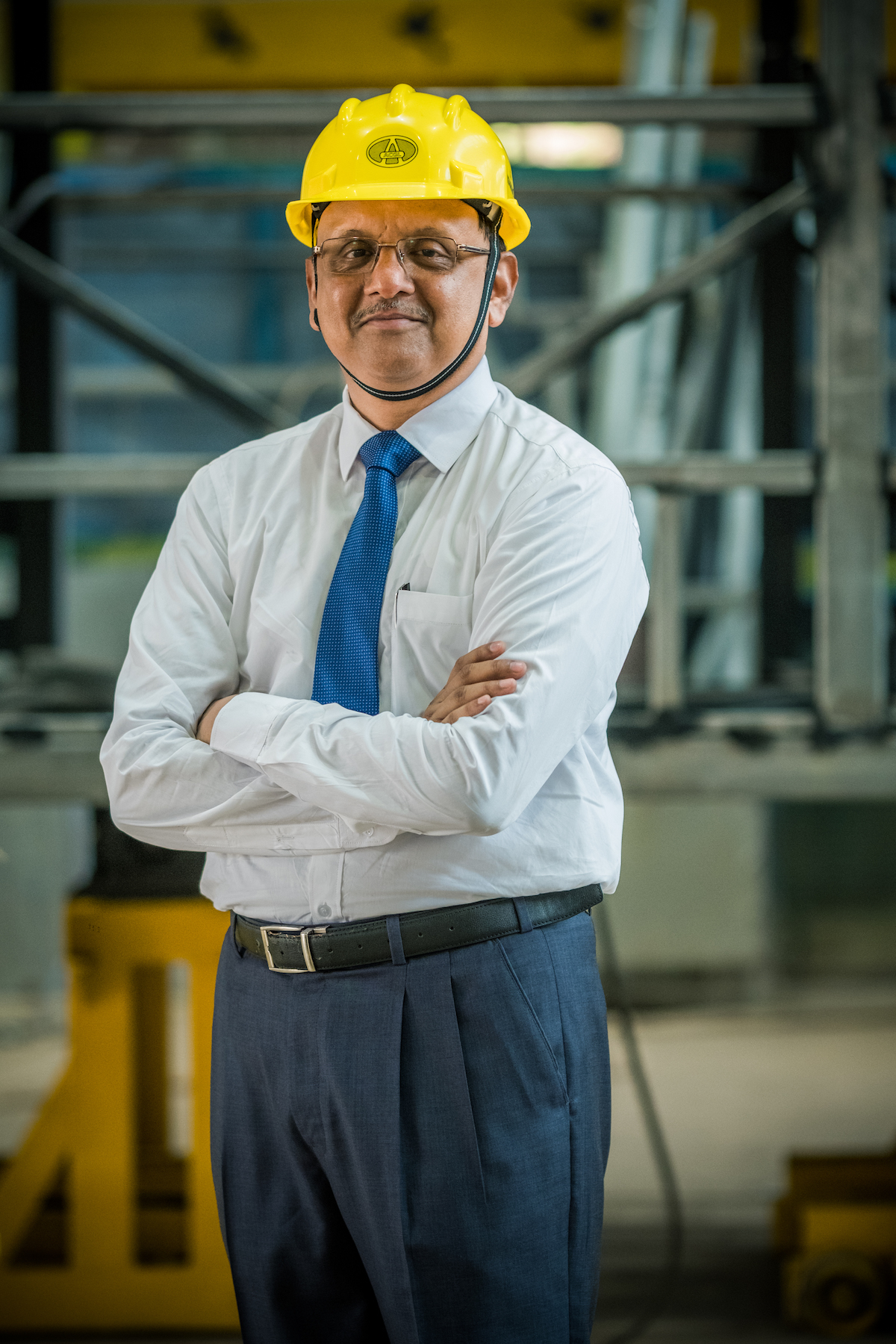
But now these are in place, the vehicle seems far from a one-off. “The Government of Punjab has shown a lot of interest, and I believe that going forward this is a product with huge potential in India – not just as a tourism vehicle but also for the transportation of people,” he enthuses.
The Amphi Bus example serves to demonstrate the diversity of a portfolio that also includes ambulances and defence personnel transportation. Ajay describes yet another vehicle currently in production at ACGL: a mobile library for the Goa State Central Library.
“There is such a rich treasury of books and historical periodicals housed in its collection, but there are significant pockets of the rural population within the state of Goa that are unable to access this resource. So we are working with the library to create a bus that can visit these areas and introduce books to enhance education,” he says. Ajay believes that if this initiative proves successful, other states in the country will implement similar programs.
The business of buses
ACGL is one of the largest bus body builders in India today. But that hasn’t always been the case. It was originally established in 1980 as a joint venture between Tata Motors and EDC to supply automobile parts to Tata Motors. While this still forms part of the ACGL portfolio, Ajay explains how the focus shifted towards making bus bodies in 1988 “at a time when the bus business in India really started to get organised”, he says.
Bus building in India is going through significant change.
Initially, the company was building bus bodies for Tata Motors to export to customers in the Middle East and Central Africa. Gradually opportunities to supply to the domestic market also started presenting themselves, and today, Ajay says, 60% of what it manufactures goes to export, the remaining 40% staying within India to be sold through Tata Motors and ACGL’s own marketing.
Tata Motors is not only ACGL’s biggest customer but it became its biggest shareholder when the company was listed on the Bombay Stock Exchange, buying a 46% stake. The second-largest shareholder is the Government of Goa, with a 6.3% stake, and the remainder is made up of public investment.
A new direction
4 executives of Tata Motors also sit on the ACGL board. “Traditionally, the CEO of ACGL comes from Tata Motors as well,” Ajay says, and he is no exception. His career at Tata Motors’ Jamshedpur plant started in 1985 where, over the next 29 years, the trained electronics engineer worked his way from maintenance to management. He was appointed ACGL CEO at the start of 2015, after spending 6 months as COO under his predecessor.
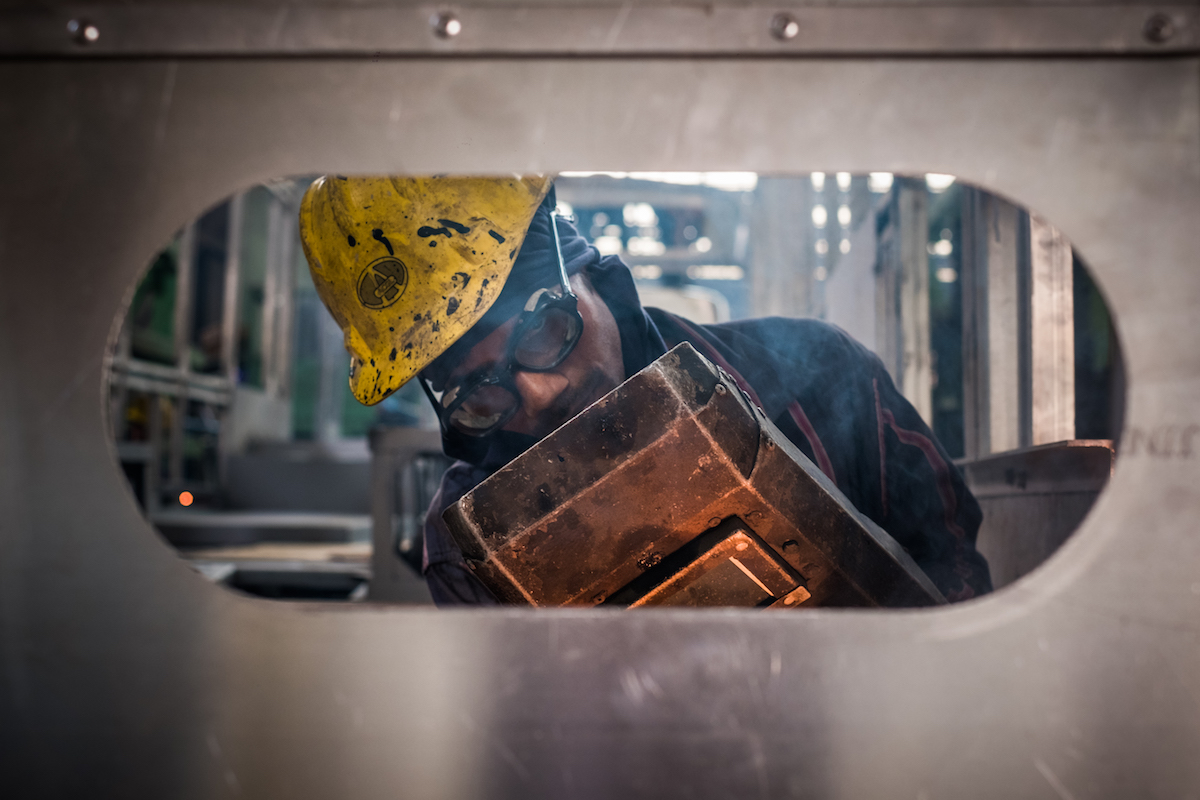
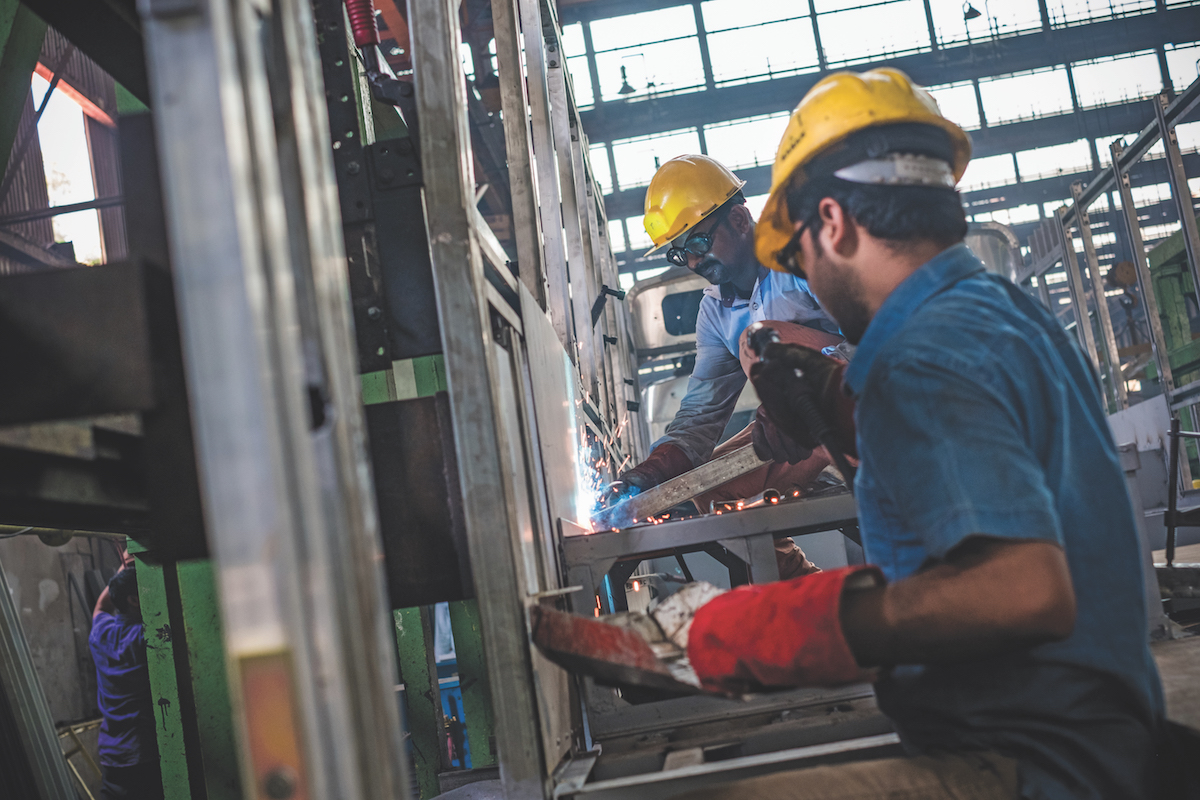
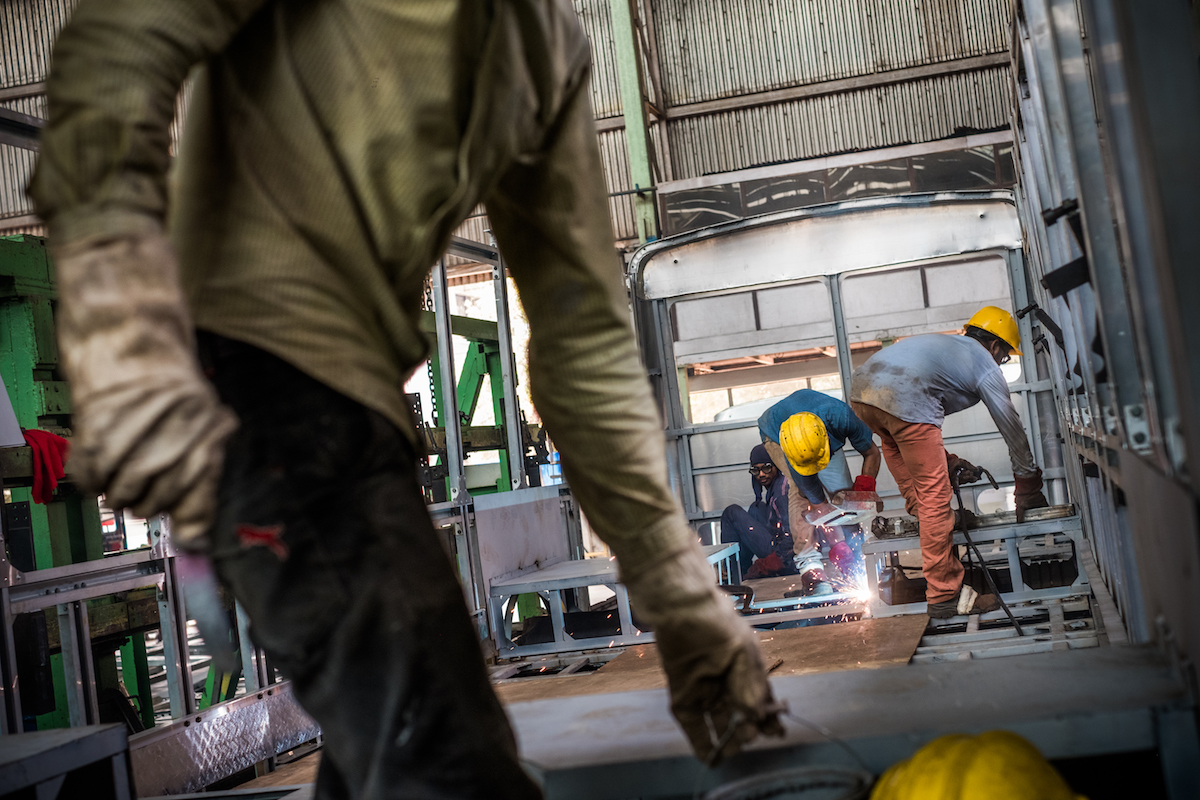
Ajay explains that the ACGL board has given him a direct mandate: “To see that the company grows at the rate of 15% across the time line given to me and with clear-cut guidelines to increase the portfolio of the organisation.” In order to achieve this, he is steering the company in a new direction, towards the retail marketing of buses. “After all, we have such extensive experience in bus making. Why not?” he asks. Currently, he says, retail marketing customers account for 5% of all the bus bodies the company manufactures (the remaining 95% are sold to Tata Motors).
In the next 3 to 4 years, he would like to see this figure increase to 30%. “Bus building in India is going through a significant change,” he says. “The Government of India is implementing a bus body code to standardise buses and make them safer for passengers, so there is a lot of structure being introduced. We feel that this is a very good market opportunity that we are exploring.”
A dedicated marketing department has been established to capitalise on the opportunity and to also push the ACGL brand into eastern and northern India – areas where the company has not traditionally received much visibility.
The future is green
As buses become increasingly sophisticated – with comfortable seating, in-cabin entertainment, connectivity, and mood lighting having become the norm rather than the exception – Ajay predicts that the future is green for the industry.
“Buses will be electric and hybrid,” he says. ACGL is already working with Tata Motors to create a portfolio of electric and hybrid buses, and the first examples of the collaboration will soon be seen on Indian roads: 25 diesel hybrid buses are set to be introduced to the Mumbai public transport system by the end of the third quarter 2017.

